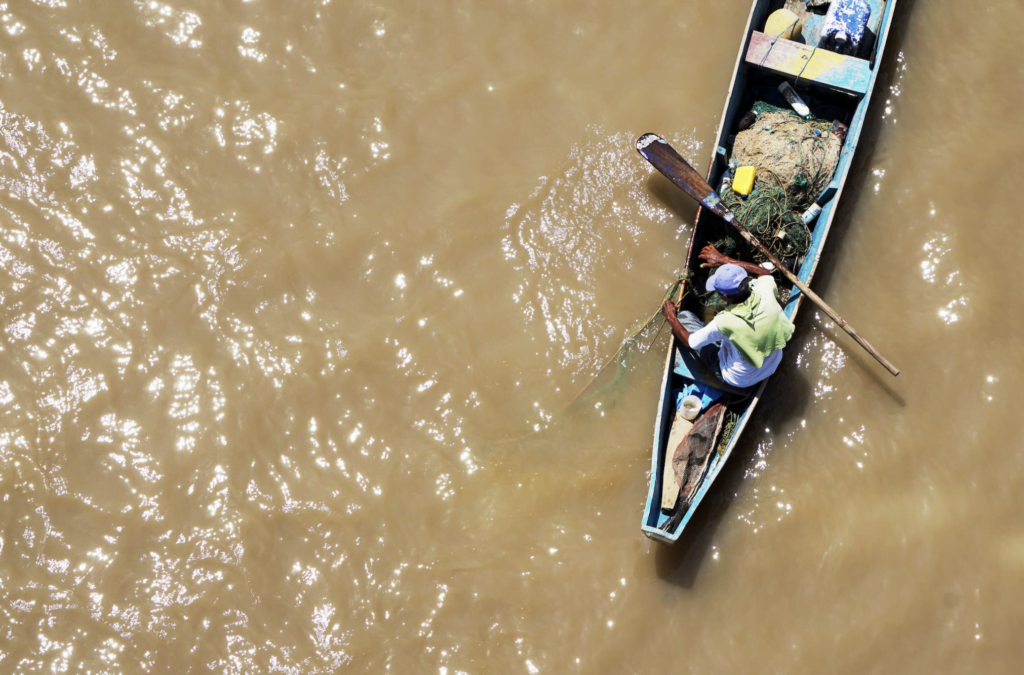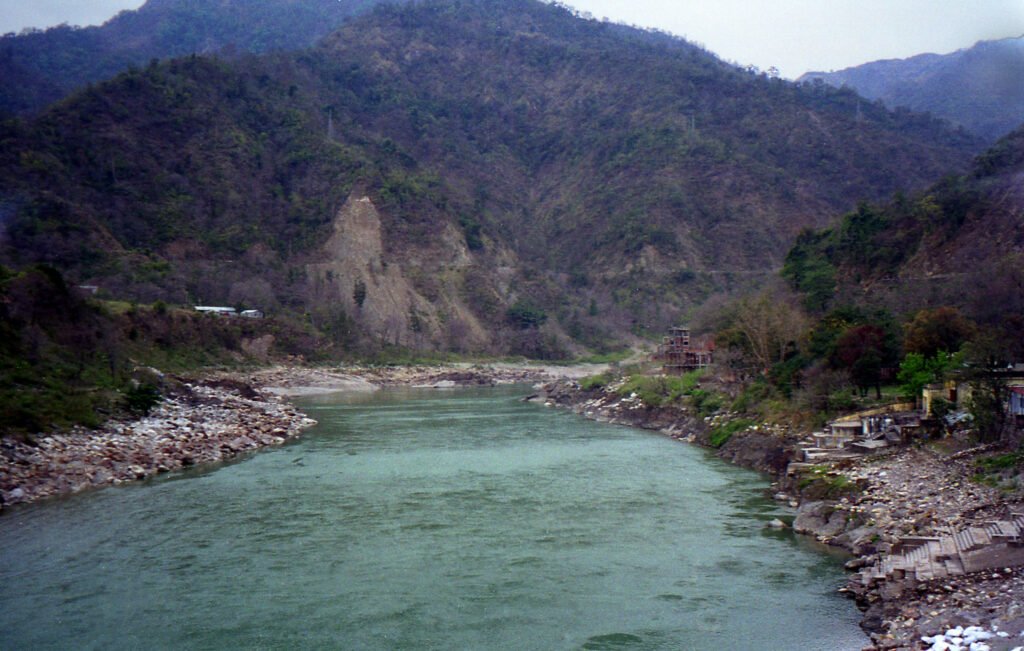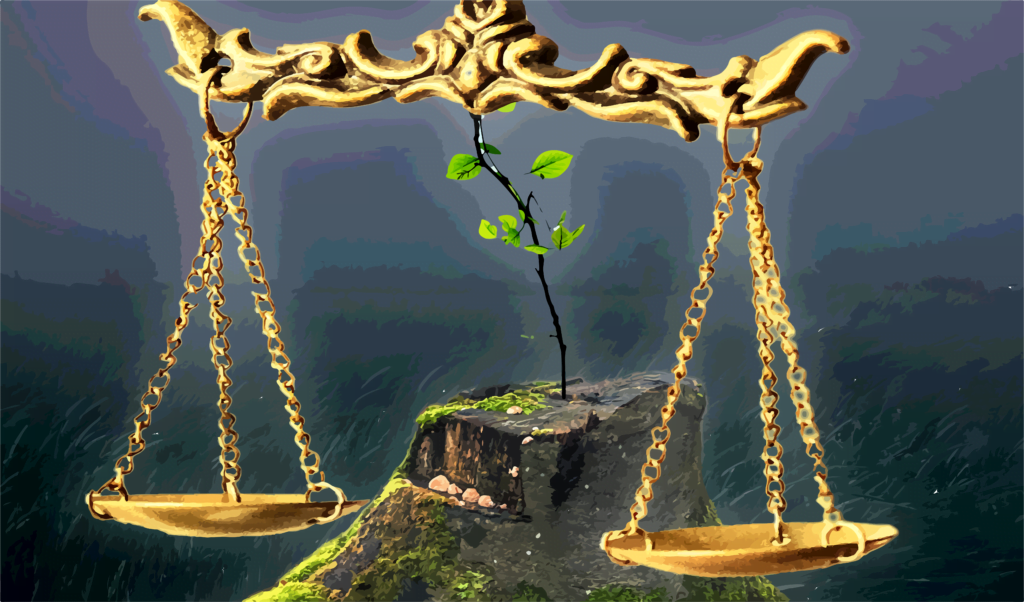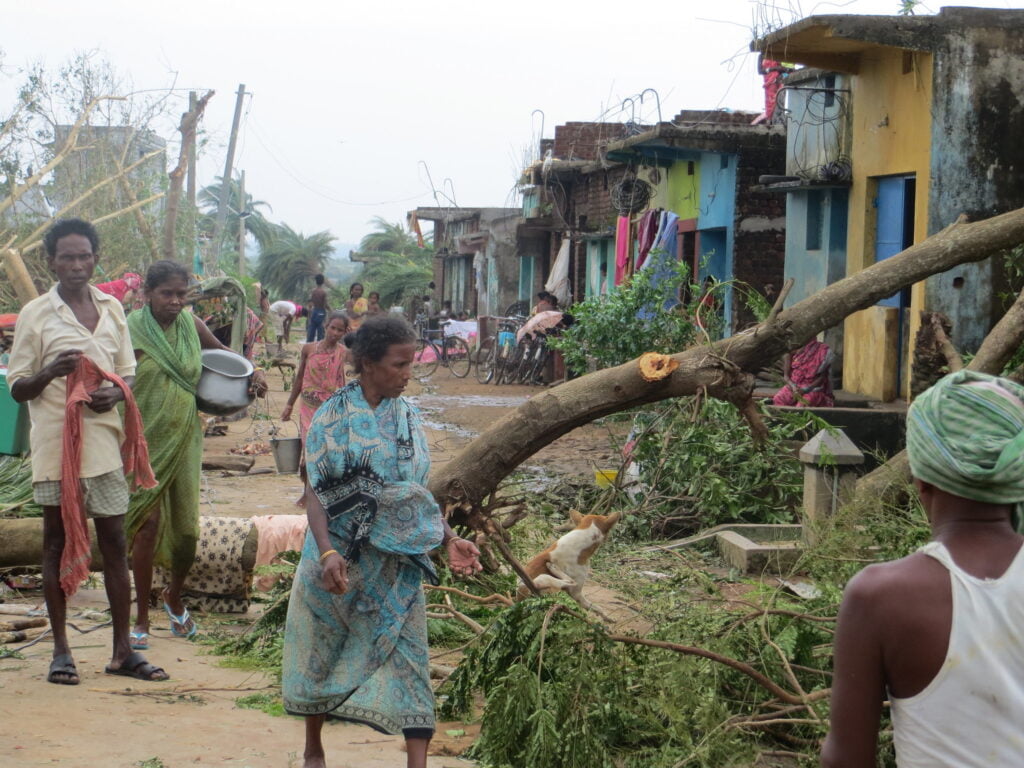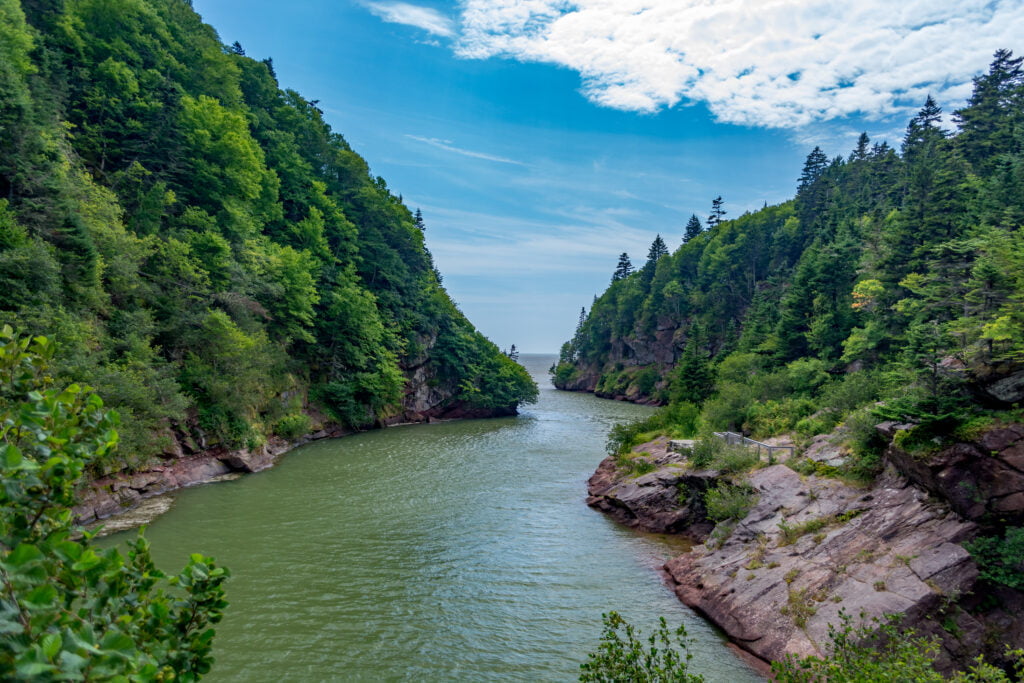Granting ‘rights’ to rivers and forests has been embraced by environmentalists. But to understand its effectiveness, we must first look closely at the law.
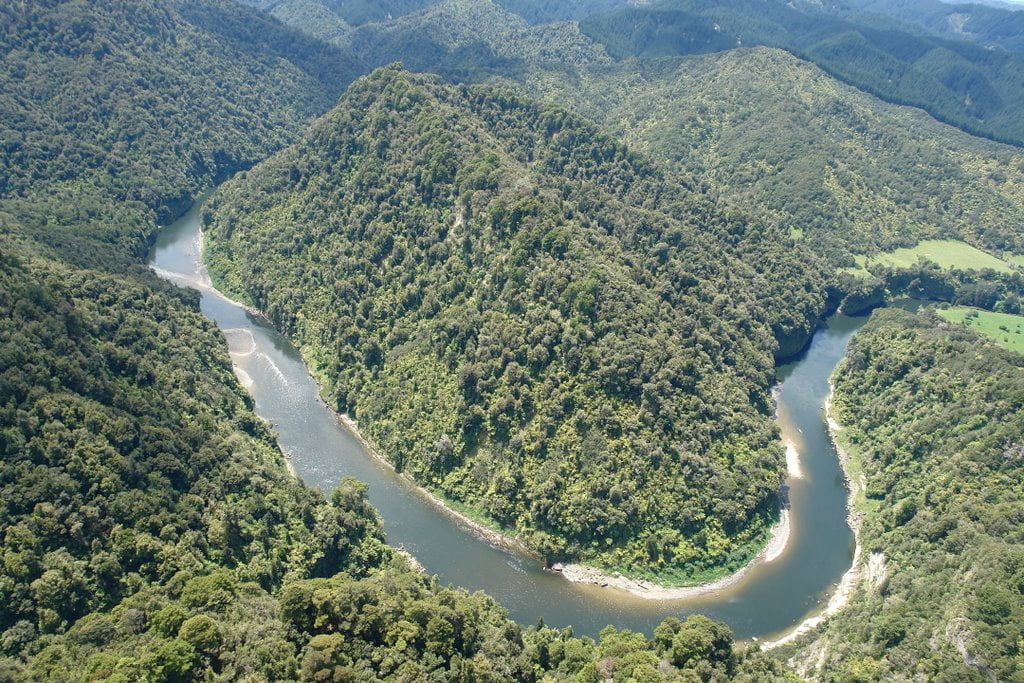 This river is regarded as a person by the law in New Zealand : Diane Wilkins/Wikimedia CC 3.0
This river is regarded as a person by the law in New Zealand : Diane Wilkins/Wikimedia CC 3.0
Granting ‘rights’ to rivers and forests has been embraced by environmentalists. But to understand its effectiveness, we must first look closely at the law.
The Whanganui River in New Zealand wanders from its wellspring on the slopes of a volcano in the centre of the north island to the Cook Strait. It’s a broad, deep and fast flowing river. In 2017, a landmark act of Parliament recognised the special relationship between the river and Whanganui iwi, the Māori group who have lived and worked the river for centuries. The law now recognises the river as a legal person. It is seen as a whole, from its source to the ocean, and it has its own life.
The idea of radically changing the legal status of natural things such as rivers or forests is known as ‘rights of nature’. It was first formulated in the 1970s, but it was the Ecuadorian constitution of 2008, the first to include rights of nature, that really propelled it into wider consciousness. At its base it is quite simple: having rights elevates nature from the status of mere resource or property to a subject able to defend its own interests in court. But how this is accomplished varies widely from place to place.
It is hard to overstate just how much the rights of nature movement has caught on. There are estimated to be more than 400 legal provisions around the world recognising them in some form. Advocates from Bangladesh to Uganda, Colombia to India, overwhelmingly argue that granting nature rights is a superior form of environmental protection. If current trends are any indication, sooner or later a marsh, lake or park near you may have rights.
Rights of nature have been passed through different kinds of laws and means. Ecuador wrote them into its constitution, the highest level of the law, which makes them available to judgments of the Constitutional Court. New Zealand passed acts of parliament, resulting from lengthy negotiations between Māori and the Crown (the New Zealand government). Colombia introduced laws through judicial pronouncement, meaning judges unilaterally recognised a particular environment as bearer of rights, most notably the Atrato river and the Amazon rainforest. India did the same. Bolivia adopted a national law, and the United States has a plethora of municipal ordinances.
These are just some examples, and they show the road to rights of nature has many shapes, all key to what these rights can achieve. In the case of Ecuador, constitutional provisions are lately proving very useful for facilitating judgments by the Constitutional Court that strike down state-granted permits for resource exploitation. The most famous of these cases involves the Los Cedros protected forest, whose rights have been upheld against the prospect of mining, even though all environmental permits had been granted according to the current regulatory regime. In the United States, on the other hand, municipal ordinances are themselves struck down by higher courts. So, how these laws are passed matters greatly for what they do.
Not all rights of nature cases give rights to ‘nature’. Some, like Ecuador or Bolivia encompass an undefined variety of things that cover the entire territory of the country. Others, like New Zealand, chose a very specific place, for a very specific reason. There, Te Urewera (a forested landscape and the ancestral home of Tūhoe Māori descent group) was the first one to become a legal person, in 2014, followed by Whanganui River. These are not vaguely defined ‘nature’, but places that have a special relationship with specific groups. And these places did not receive specific rights, beyond those that come automatically with their new legal status, like the rights to hold property, enter contracts or litigation. In contrast, Ecuador gave nature the rights to respect, the development of its own natural cycles, and restoration.
However rights are granted, with whichever content and form, it is always humans that must represent them. This is not always legal representation, but also political. Depending on the level of the law, some people can speak for the natural entity while others cannot; depending on the definition of nature, what people speak on behalf of varies widely; depending on who is empowered to enforce (courts, or political negotiation and compromise), decisions have different democratic legitimacy.
If we simply speak of the ‘rights of nature’ without going into the specifics, we fail to understand the breadth of what is happening. Most importantly, we fail to understand what success may mean and how we may measure it.
The Whanganui River, for example, is now governed by an entirely new legal arrangement that empowers a board, made up of local Māori groups and a representative of the Crown, to speak on its behalf. They are not guardians; the Whanganui River Act speaks of them as the river’s “human face”.
The success of this arrangement depends on what the board will interpret to be Whanganui’s interests, and also on the measure to which Māori groups are empowered to make consequential decisions in their own ancestral lands. But what these decisions are will vary with the changing generations and the changing face of the river itself. Here, success is related to reversing colonial power relations as much as, if not more than, environmental protection.
Similarly, Ecuadorian rights of nature are in the hands of courts, and therefore subject to the sensibilities of judges that will interpret them in different ways, and to the different make-ups of the Constitutional Court. Decisions have therefore varied widely and have not unanimously centred on better environmental protection.
As the rights of nature are expanding at an exceptional rate, it is worth pausing and looking at the specific purposes and designs of each case. It is the only way to understand what they may do, and to whose benefit they may work.
Mihnea Tănăsescu is political theorist in the School of Human and Social Sciences, department of Sociology and Anthropology, University of Mons, Belgium. His work spans many topics, including the legal and political representation of nature, the politics of nature conservation, the history of cartography, and the politics of plant pathology. His latest books are Ecocene Politics and Understanding the Rights of Nature: A Critical Introduction.
Originally published under Creative Commons by 360info™.
Editors Note: In the story “Rights of nature” sent at: 24/12/2022 16:53.
This is a corrected repeat.



